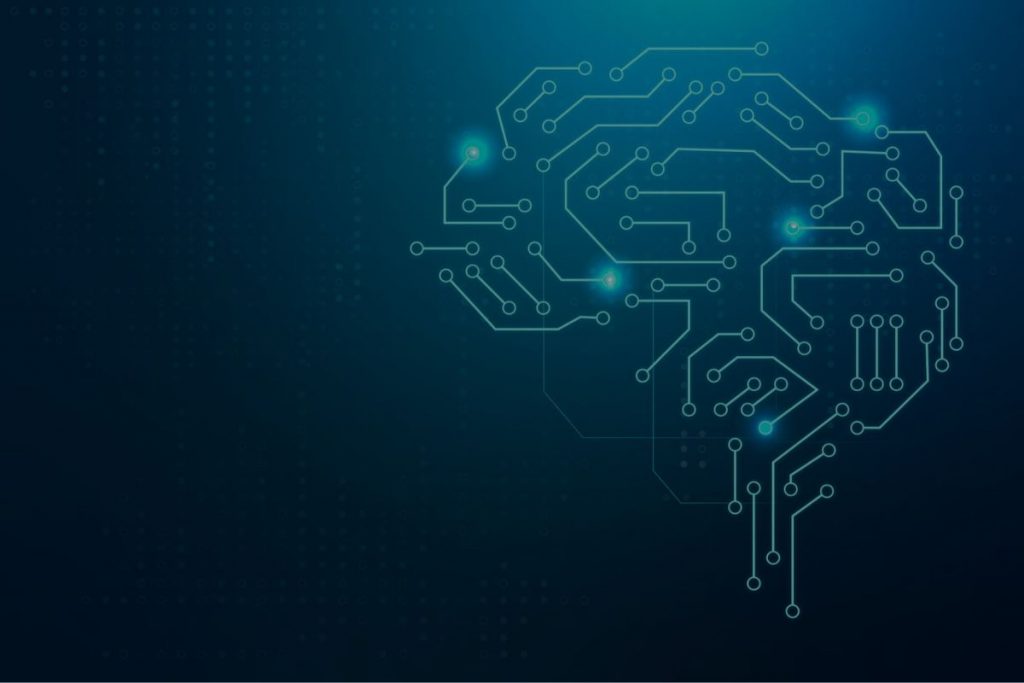
Accelerating Machine Learning
Accelerating Machine Learning
Machine Learning in form of Deep Convolutional Neural Networks has demonstrated significant advantages over classical algorithms, however at the cost of a significant compute burdon. MLE has started putting together a set of accelerated platforms, solutions and focused services within the Xilinx FPGA ecosystem.
Currently, these accelerated platforms, solutions and services focus on the Inference phase of Deep-Learning. MLE’s acceleration techniques for Deep Convolutional Neural Network Inference combine “unconventional” dataflow-oriented architectures with modern design flows using Xilinx High-Level Synthesis, and the Xilinx SDx tool chain.
Close collaboration with re-knowned experts from the Bavarian Multi-Media Lab at Augsburg University, Germany, facilitates rapid adoption of recent research results, for example, in the field of Reduced Precision Neural Networks.
MLE is a licensee of Xilinx and offers sub-licensing, technology support and complementary design services for integrating Accelerated Deep-Learning Inference into your application. When applied to the Deep-Learning Inference phase, Xilinx FPGA technology can provide a unique combination of low-latency response times, high compute performance in the Tera-OPS range, at very low Wattage.
Applications of Machine Learning
- Image processing and classification
- Environment perception
- Multi-camera object recognition systems
- Sensor fusion
Core Benefits
- Very fast response time with low deterministic processing latencies
- Very high, raw compute performance up to tens of Tera OPS
- Low power envelopes of typically less than 50 Watts
- Scalability from embedded system, to High-Performance Compute (HPC)
Key Features
- Highly integrated single-chip solutions
- Scales to state-of-the art networks (CNV, ResNet-50, etc)
Documentation
- FPGA-Accelerated Deep-Learning Inference with Binarized Neural Networks User Guide (for running on Amazon EC2 F1)
